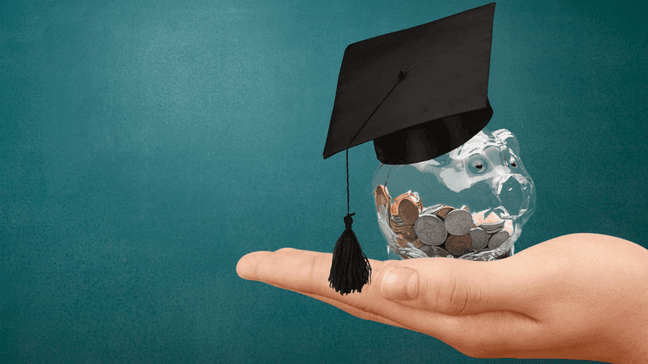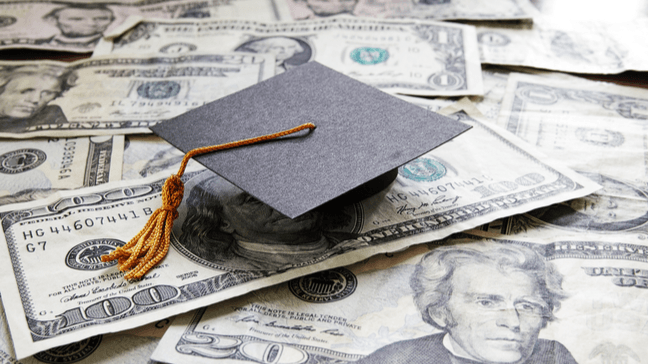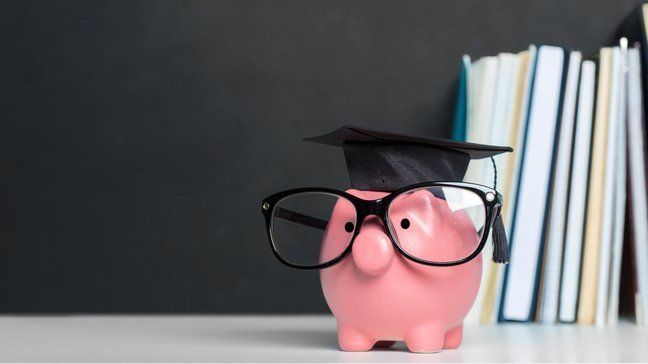
With untold thousands of american citizens carrying federal student loan debt, the mere considered loan forgiveness may appear too good to be true.
To be honest, for most graduates, it likely is. This means that, based on the current loan forgiveness programs around, qualifying for loan forgiveness is probably a pipe dream for most borrowers.
If you’re among the lucky ones that do be eligible for a financing forgiveness program and you are great deal of thought, you will want to read through these nine hidden risks to ensure you are well versed on the ins and outs of loan forgiveness.
1. Your credit usually takes a hit
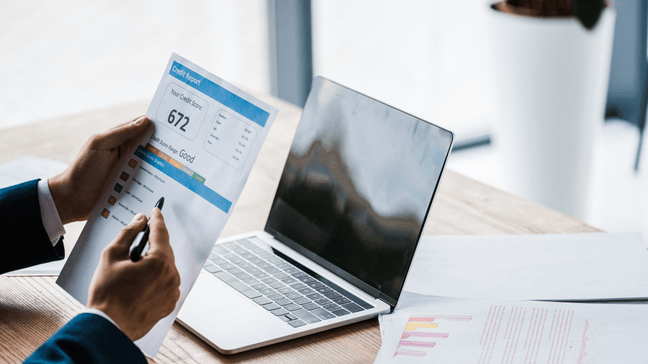
Debt forgiveness in itself will not automatically result in a hit in your credit rating. Instead, it's the method in which your debt is forgiven that means something. For example, in case your debt is forgiven through a education loan forgiveness program, your credit won't be directly affected. However, if your loan is “forgiven” using a settlement or bankruptcy, then your credit rating may suffer for years to come.
If you don’t be eligible for a a student loan forgiveness program and you're simply looking for ways to manage your payments, a much better approach might be to consolidate your loans.
2. You might be taxed around the forgiven amount
Another chance of loan forgiveness to be aware of is related to your preferred subject…taxes! Depending on the type of loan that is being forgiven, you might be taxed around the amount of forgiven debt. For example, let’s if you have $10,000 of loans forgiven. That forgiven debts are then to be reported to supplement income on your taxes, and therefore you'll be taxed onto it!
There are exceptions. For example, if you receive education loan forgiveness underneath the PSLF program, you won’t be taxed. However, if you are entitled to loan forgiveness and therefore are considering it, be sure to prepare yourself ahead of time for tax time. I recommend opening a savings account as soon as you choose to pursue debt forgiveness where you can make monthly deposits to cover the additional financial burden.
3. You (or perhaps your loan) might not be entitled to forgiveness
Depending around the kind of student loan you have, you might not even be entitled to loan forgiveness. If you're carrying private student education loans, you aren't entitled to the federal education loan forgiveness programs, so you'll want to remember that before wasting your time with many loan forgiveness applications.
While your options are more limited if your student loans are through a private lender, there is still expect payment assistance. Specifically, a student loan repayment assistance program (LRAP). Through the program, the quantity of assistance you obtain is directly related for your income.
If you are looking at trying to get a government loan forgiveness program make sure to browse the fine print. Know precisely precisely what it takes to qualify after which determine whether you are ready and willing to adhere to these rules for 5, 10, or 25 years. In some instances, it might not be worth it.
4. Loan forgiveness may take an extended time
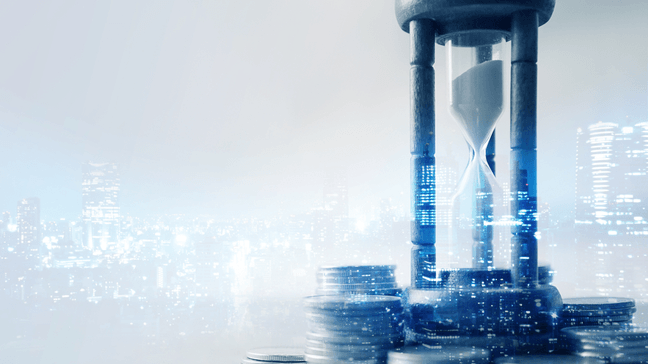
Loan forgiveness often needs a long-term commitment. So, if you have commitment issues, you might like to develop another plan. With regards to the government student loan forgiveness programs, you are looking at a 5-year commitment using the Teacher Loan Forgiveness program, 10 years with PSLF, and between 20 and Twenty five years with the IDR program.
In 5, 10, or Twenty five years, you might be in a position to come up with a better repayment plan compared to those that are offered with the federal debt forgiveness programs. Again, it’s your decision but this is good something to think about.
5. You might not possess a balance to be forgiven
Since many of the loan forgiveness programs take many years of repayment before you are even eligible, then chances are you might have your loan paid off before you can make use of the forgiveness program. This is especially true when you are moving up the career ladder and generating and much more money.
Paying off the loan isn't a very bad thing. The earlier you receive it repaid, the sooner you can forget about this and redirect that cash elsewhere. However, this is something may wish to consider when you are determining in early stages if you wish to invest in a loan forgiveness program.
6. You may end up paying more
If you’re enrolled in an IDR program (more on this below) and you decide to extend your repayment terms to create your monthly obligations less expensive, you'll be paying more money in interest than you'd without signing up for the program. While your monthly payments will be lower and much more manageable, your financial troubles will last longer and, as a result, you will spend much more of your hard-earned cash.
If you can handle higher monthly obligations, it might be preferable to pay off the debt faster and steer clear of the additional interest. Obviously, this isn’t always a choice but take this into account if you are on the fence about extending your repayment period.
7. You might be limiting your work prospects

To qualify for certain education loan forgiveness, you have to operate in among the fields that are eligible for PSLF. A qualifying employer for PSLF is a government organization or not-for-profit organization that's tax-exempt under Section 501(c)(3) from the Internal Revenue Code.
Maybe this won’t be an issue for you. However, if you have hopes for as being a small business operator, a business owner, or perhaps employed in the non-public sector, you'll have to decide what is more important – following dreams or preserving your eligibility for loan forgiveness.
8. You may be limiting your salary potential, too
As was just mentioned, the kinds of jobs that qualify for PSLF programs have been in government and not-for-profit positions. These positions typically pay less than private-sector jobs. Although it may appear like the best financial decision in which to stay a government position long-term to make sure you are eligible for loan forgiveness, you need to ask yourself, at what cost?
You might be missing out on higher-paying positions that would permit you to pay off your student loans faster and move on to bigger and better things. Again, it’s a hard decision that you will have to balance. You need to be aware that loan forgiveness isn't guaranteed and it’s not always the best choice.
9. You may feel held in employment you hate
Let’s say you want to college to become teacher. You graduate having a significant amount of debt and wish to apply for student loan forgiveness. To become entitled to Teacher Loan Forgiveness, you need to put in five consecutive years of service. What if after your first year two it becomes clear that a career in teaching isn't for you personally? What do you do?
Do you move on or stick it out to try to ensure that you is going to be entitled to debt forgiveness? It’s a tough question only one you will have to weigh when you are in this position.
What is loan forgiveness?
Loan forgiveness occurs when you're released from your obligation to repay a part of the loan. To do this, you will find usually specific eligibility criteria you have to meet and commit to (i.e. the type of job you've, just how much you’ve already paid back, etc.)
Let’s take a more in-depth take a look at a few of the loan forgiveness programs currently available:
- Public Service Loan Forgiveness. If you're utilized by the government or work on a not-for-profit organization, you might qualify for the public service loan forgiveness (PSLF) program. The PSLF program provides student loan forgiveness in your Direct Loan. With this program, the balance of the Direct Loan will be forgiven after you have made 120 qualifying loan payments (that will take approximately Ten years). During this period you must also be employed by a qualified employer.
- Teacher Loan Forgiveness. If you have been employed like a full-time teacher for five consecutive years inside a low-income elementary school, secondary school, or educational service agency, you may be entitled to the Teacher Loan Forgiveness program. The teacher loan forgiveness program provides forgiveness as much as $17,500 on Direct Loans or Federal Family Education Loans (FFEL).
- Income-Driven Repayment Program. This program is intended as a way of making loan repayments more affordable. The income-driven repayment (IDR) program reduces monthly payments based on your earnings. Depending on the kind of IDR program, the remainder of the loan balance may be forgiven after 20 to Twenty five years of payments.
- Loan Repayment Assistance Programs. The loan repayment assistance program (LRAPs), now called Ardeo Education Solutions, collaborates with universites and colleges to help students with student loan debt. To become entitled to LRAP, graduates must meet certain work and income criteria.
Summary
Loan forgiveness can be considered a helpful and financially solid option for some. However, it’s essential that you are aware of the hidden risks associated with loan forgiveness. To be able to qualify for many programs, you have to strictly stick to eligibility requirements and you have to be prepared to commit.
There isn't any one right answer with regards to whether you need to pursue loan forgiveness. It really is a matter of balancing the pros and also the cons. What are you prepared to give up within the pursuit of forgiveness and is it worthwhile? Will you have your loans repaid before you even qualify and are you quitting a dream career or the potential to go after a greater paying gig because you are so focused on obtaining forgiveness?

